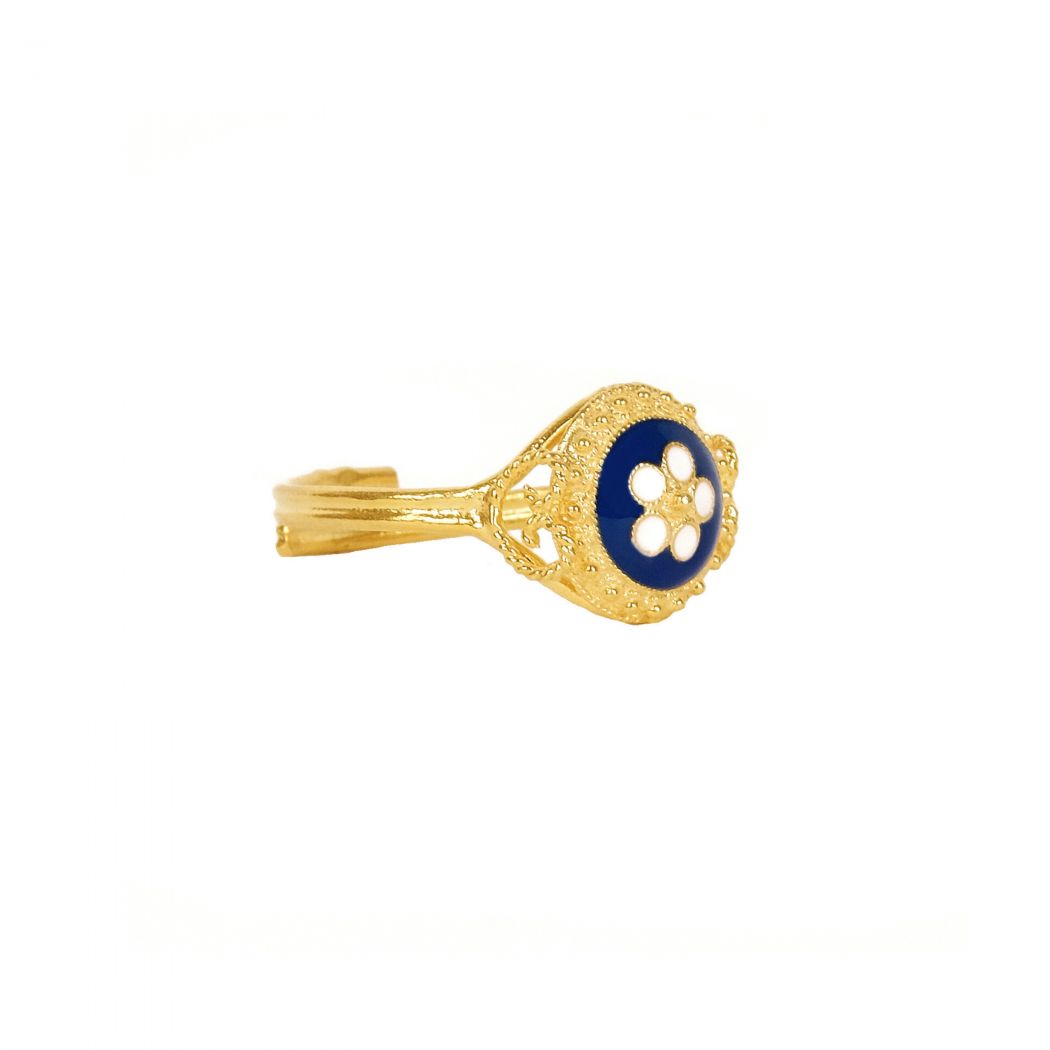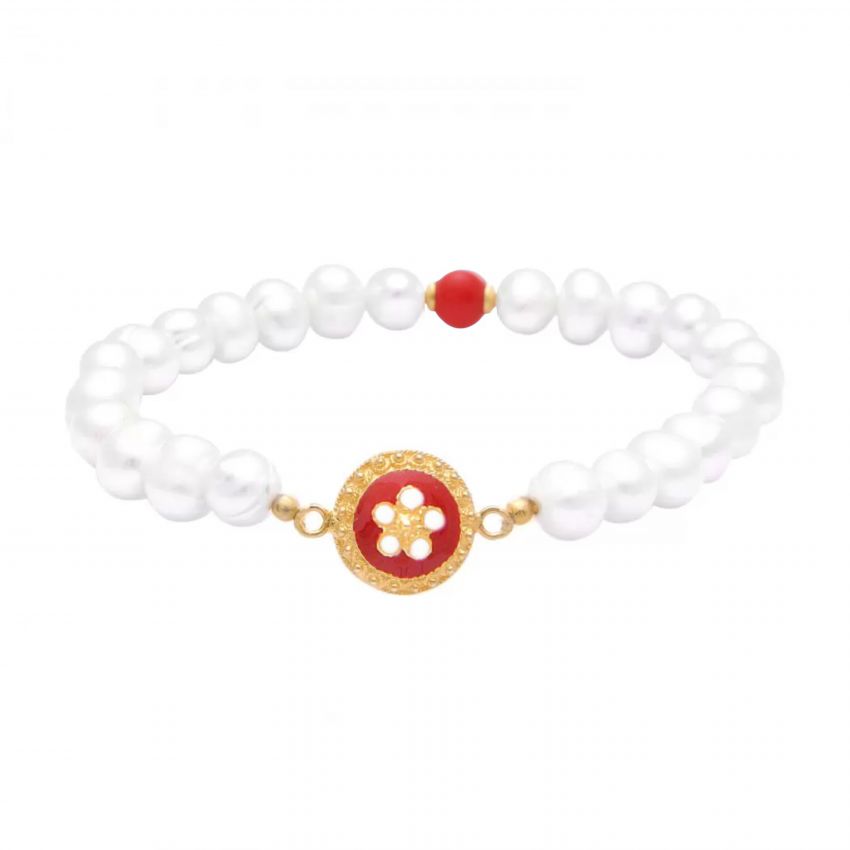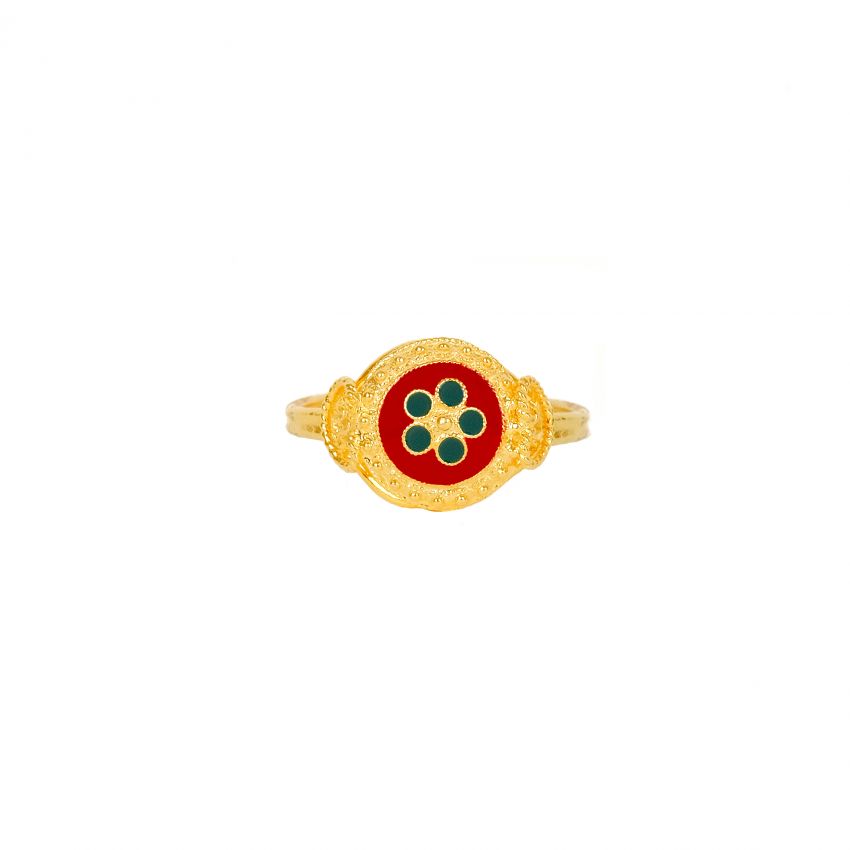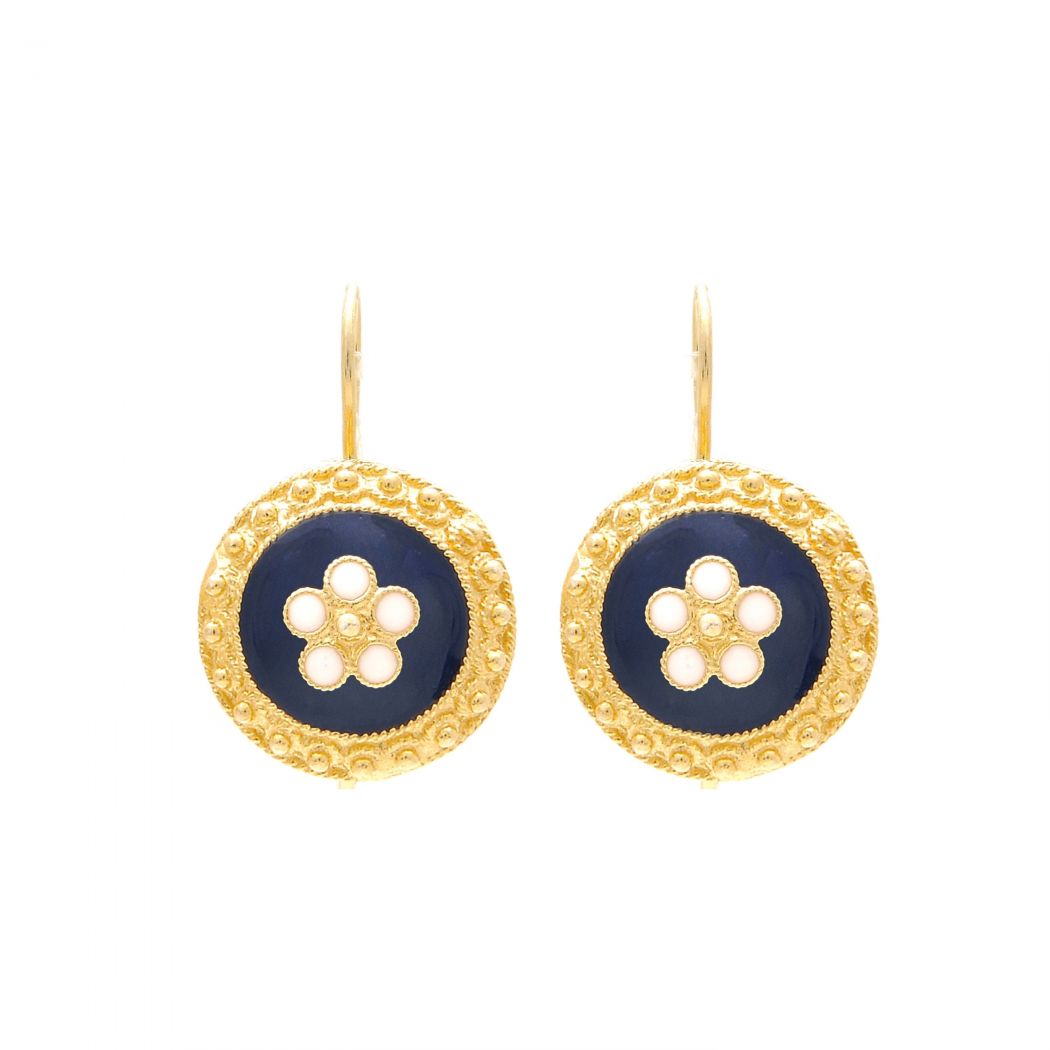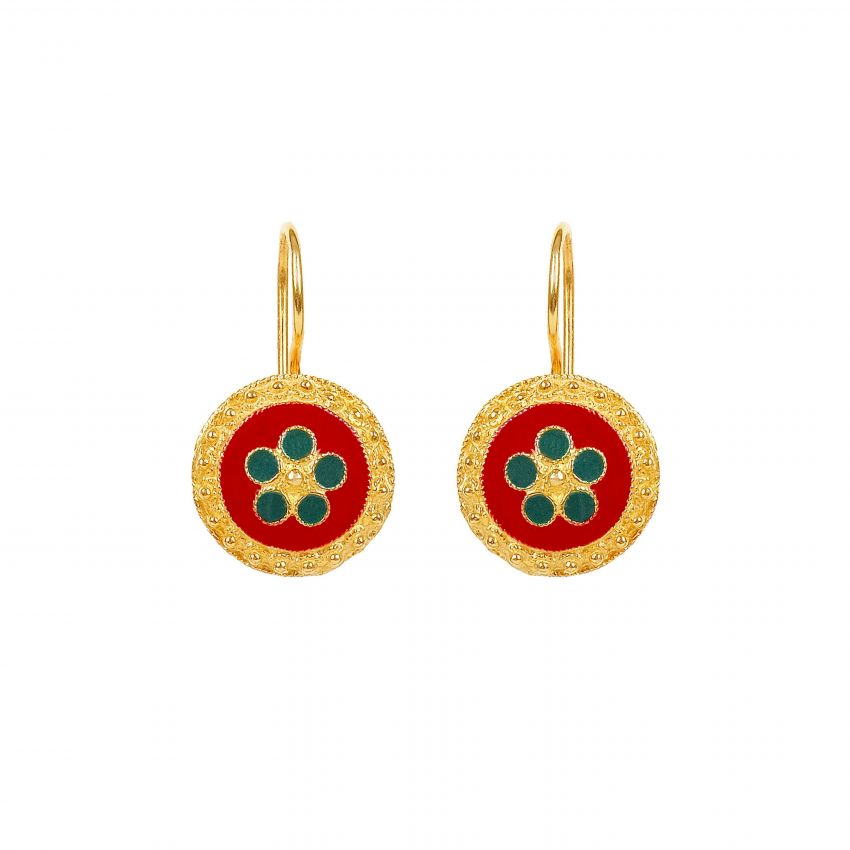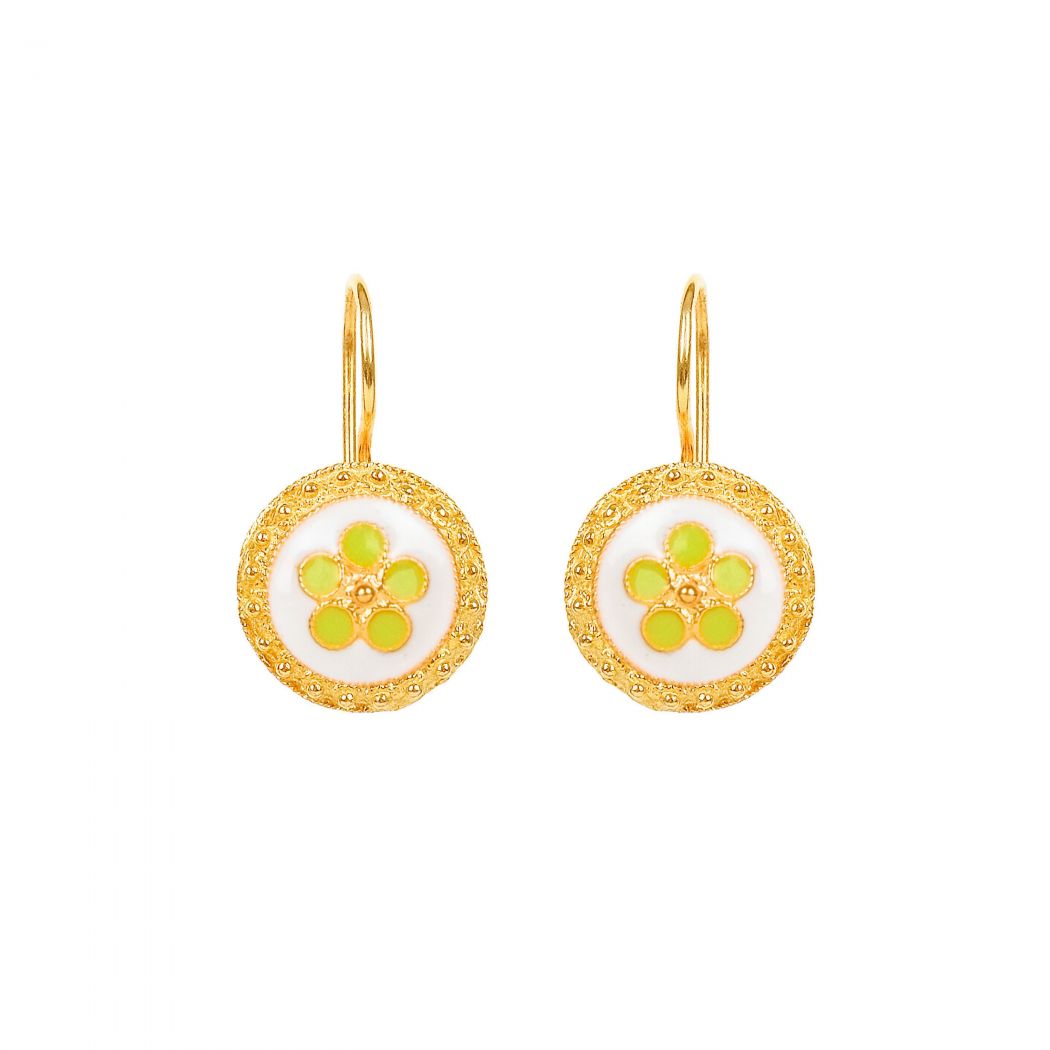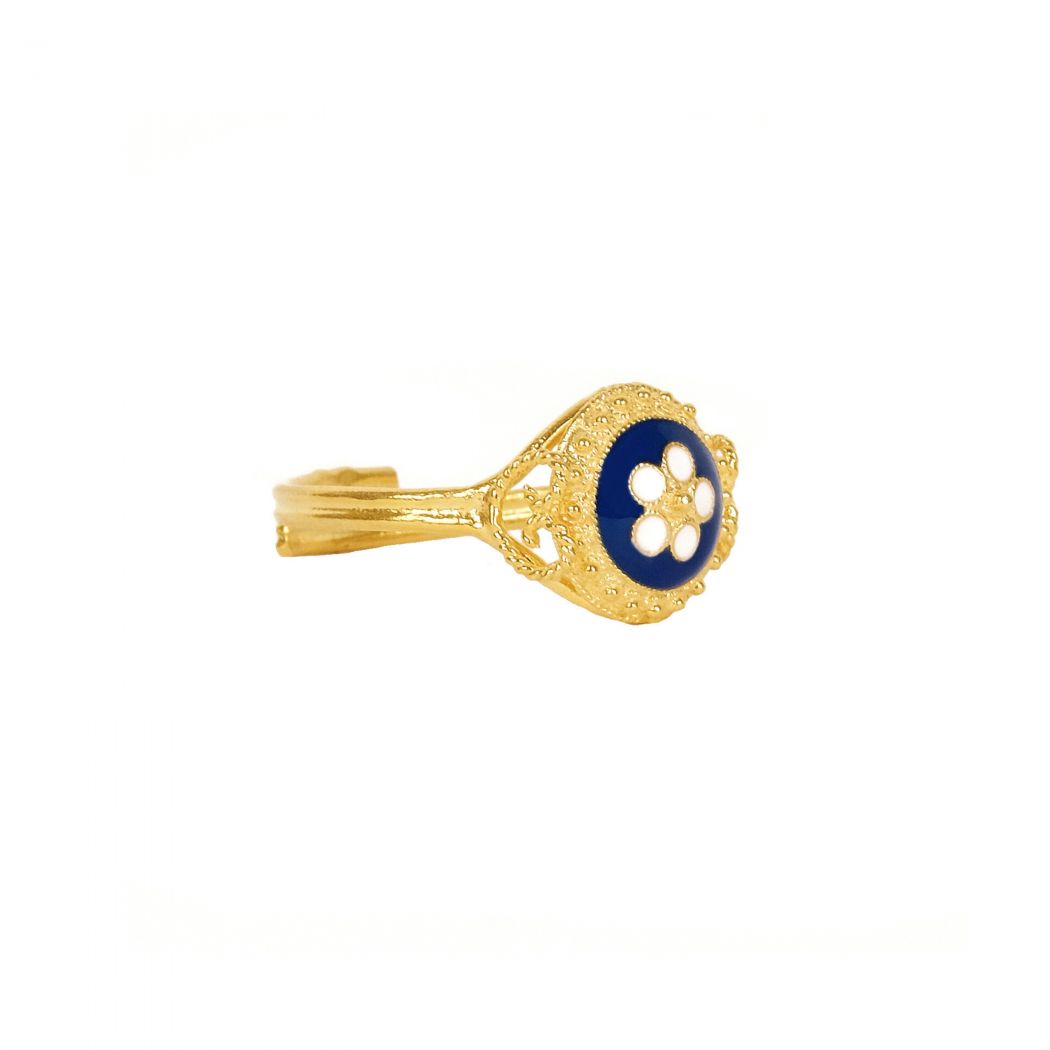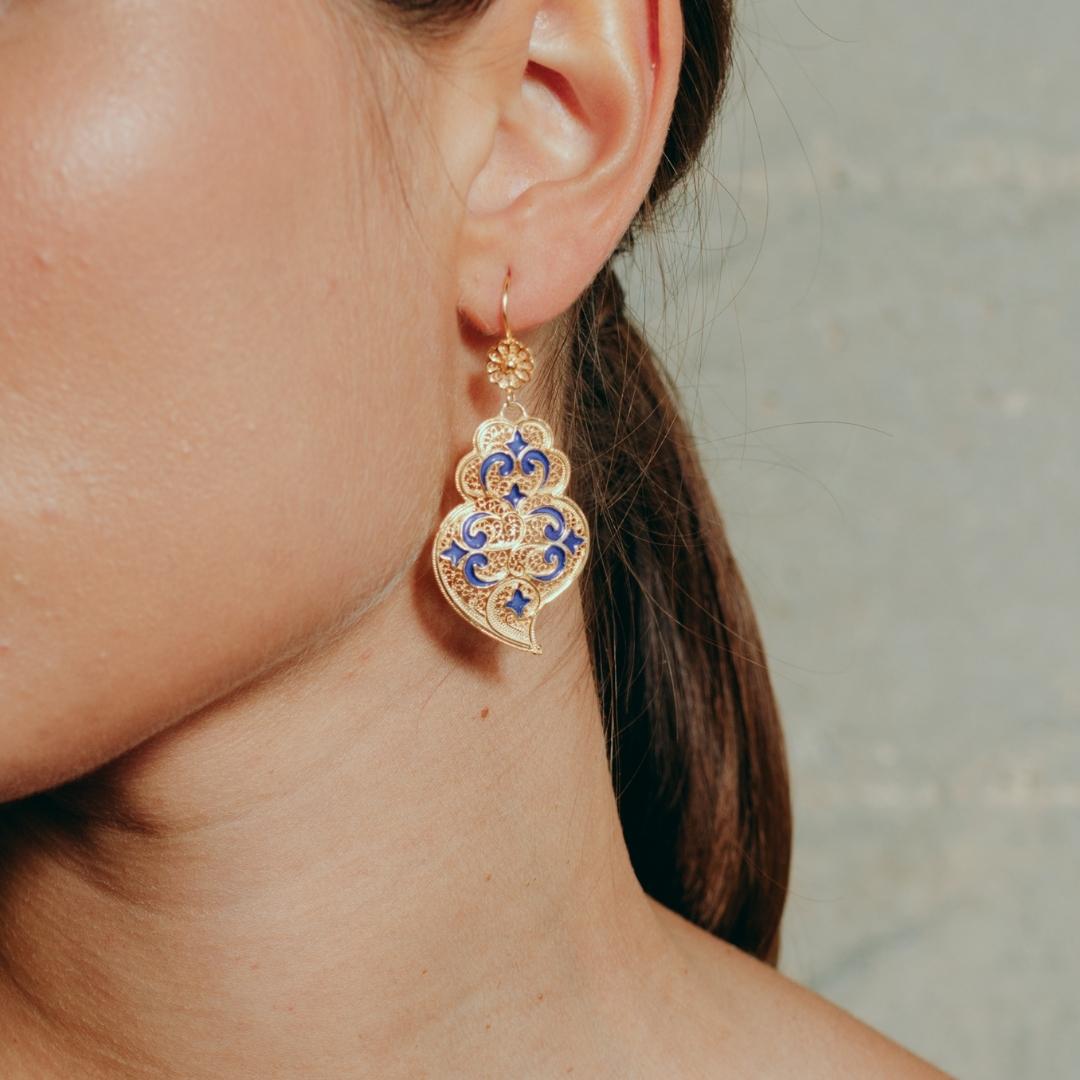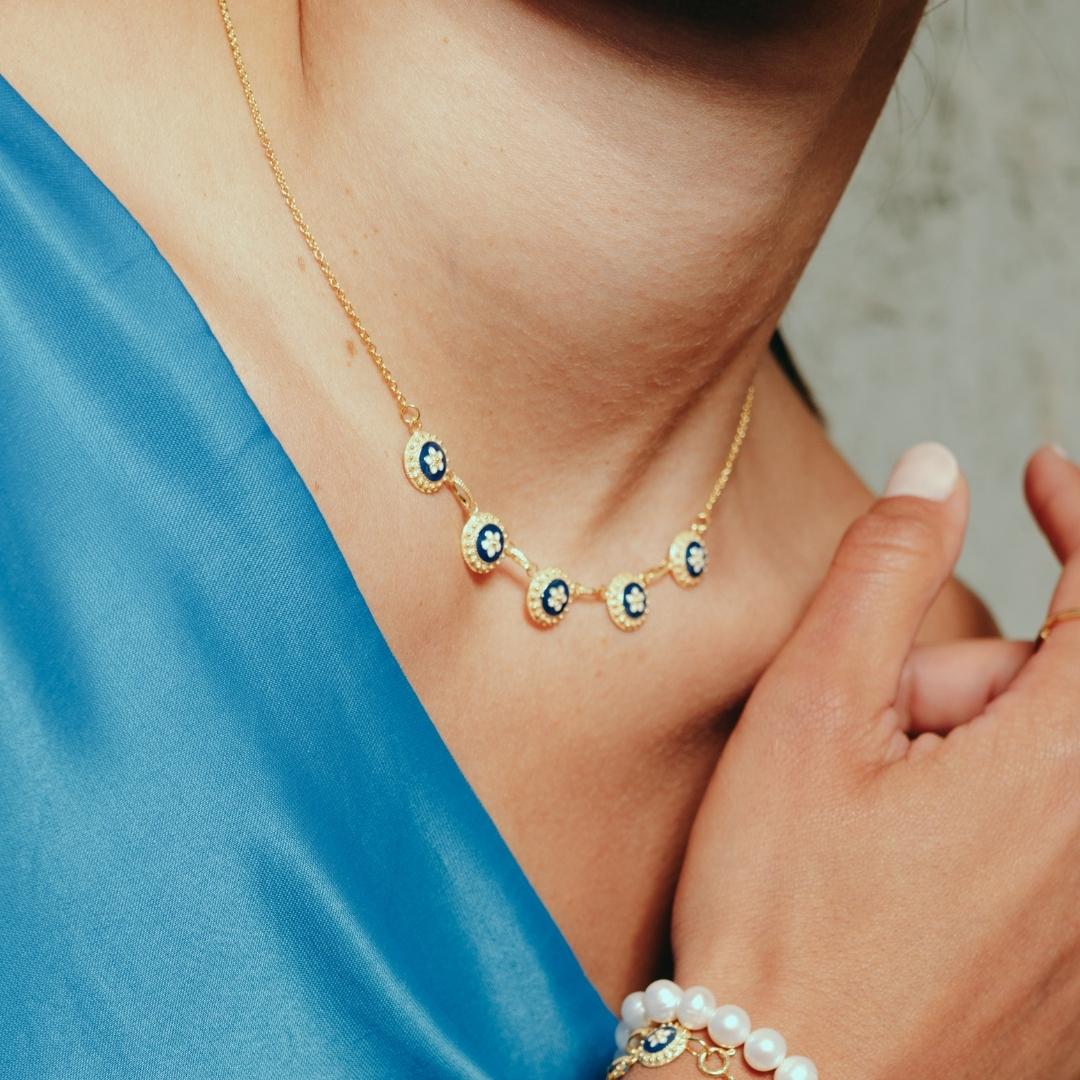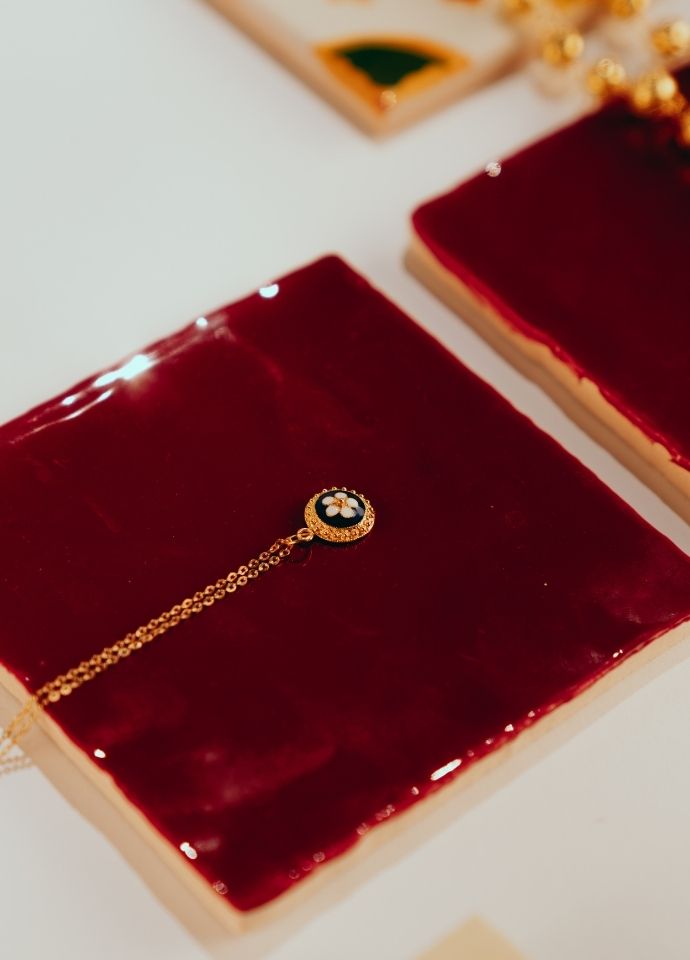- Ningún producto
HAS AÑADIDO AL CARRITO DE COMPRAS
AZULEJO
AZULEJO se traduce como "AZULEJO" en español.
HISTORIA DEL AZULEJO
En la Península Ibérica, este arte se impulsó a partir del siglo VIII con la ocupación musulmana, utilizando una riquísima composición cromática y geométrica.
En Portugal, a partir de finales del siglo XV y principios del siglo XVI, vamos a presenciar el crecimiento del uso de estos azulejos de inspiración islámica en la decoración de paredes, tanto en el interior como en el exterior.
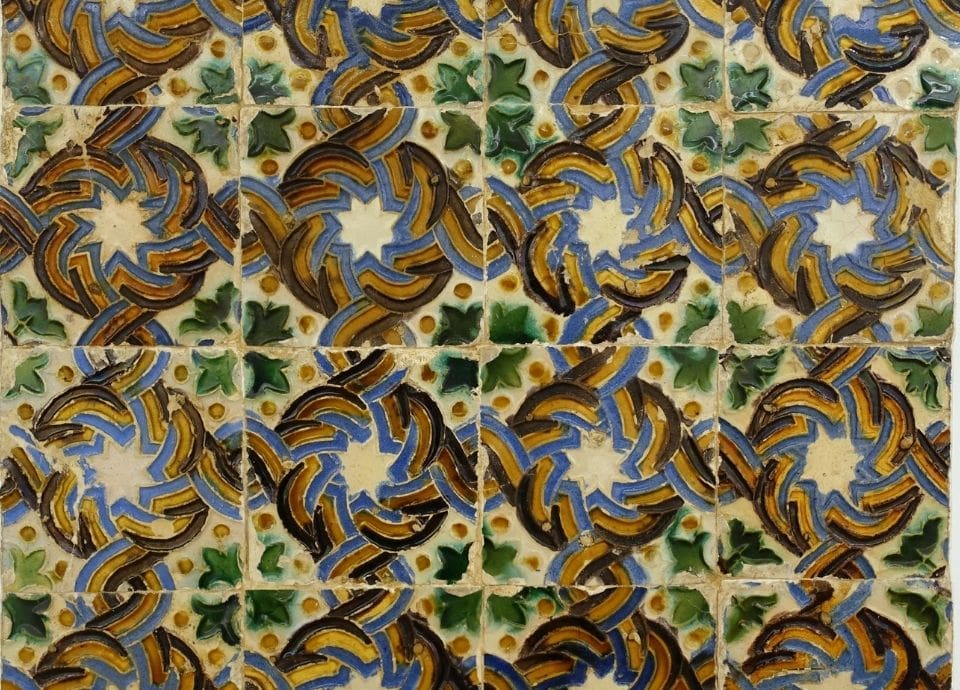
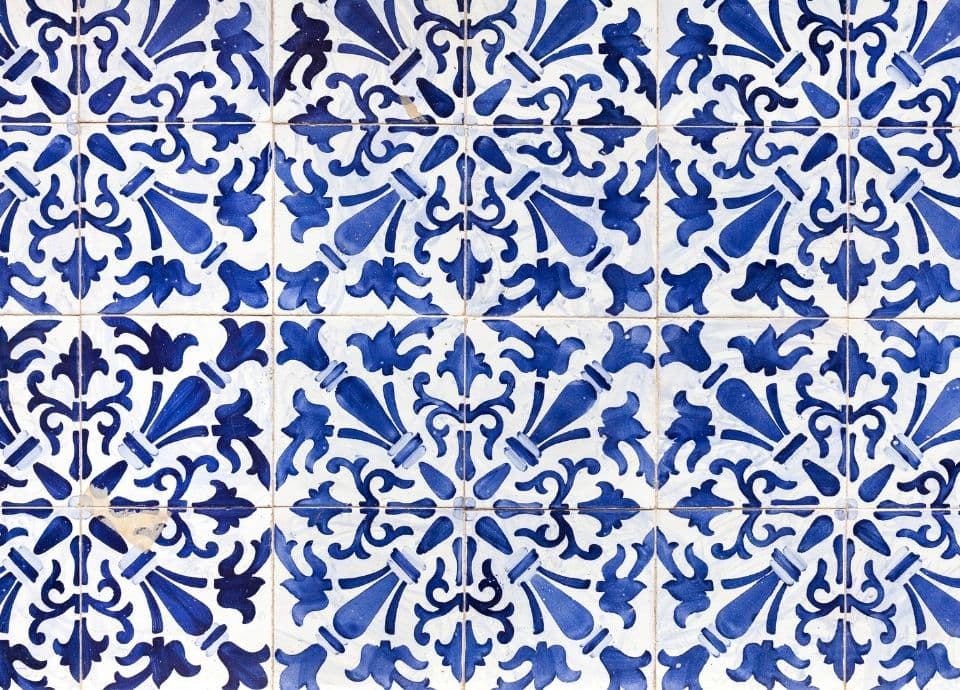
A lo largo del siglo XVI, este arte aún sufrirá la influencia de los azulejos importados de los talleres españoles y flamencos, con la utilización de composiciones con figuras en lugar de los tradicionales patrones geométricos.
Con la llegada de los portugueses a Oriente, especialmente a China, los azulejos también sufrirán cambios en cuanto al color, es de este período que heredamos el gusto por el famoso azul cobalto.
A partir de la segunda mitad del siglo XVII y a lo largo del siglo XVIII, sufrimos la influencia de los azulejos holandeses, de los cuales importamos en gran cantidad.
A partir de este momento, el revestimiento de paredes pasará a ser considerado como un verdadero lienzo. Es una época en la que los pintores se especializaron en la creación de azulejos.
Y bajo la influencia del Barroco nos acostumbraremos a ver plasmado en paneles de azulejos el uso del tallado, tan característico de esa época, sirviendo de marco a las escenas representadas.
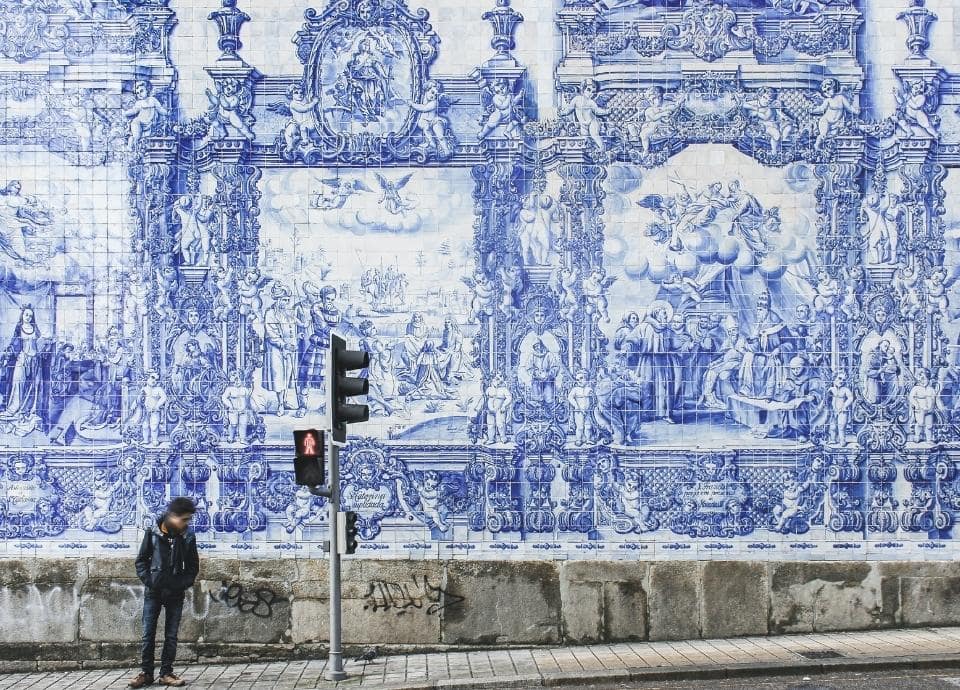
Y bajo la influencia del Barroco nos acostumbraremos a ver plasmado en paneles de azulejos el uso de la talla, tan característico de esa época, sirviendo de marco a las escenas representadas.
El uso de azulejos se ha difundido por todo tipo de edificios, pudiendo encontrarse tanto en palacios de la nobleza y la realeza, ayuntamientos, iglesias y conventos, como en casas burguesas.
En el siglo XIX presenciamos un nuevo uso de los azulejos. También se empezaron a utilizar como publicidad en las fachadas de tiendas y restaurantes.
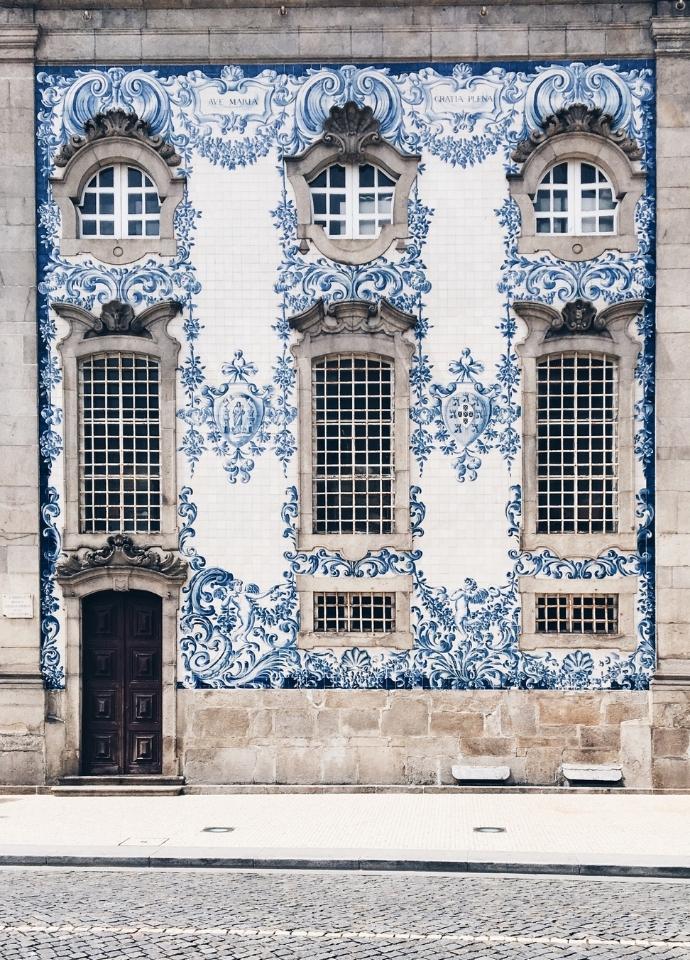
Y desde el siglo XX hasta hoy, podemos apreciarlos en espacios públicos como estaciones de metro o muros de jardines.
Dejando de lado los patrones geométricos, los temas prestados a los azulejos son tan diversos como en la pintura.
Pasajes de episodios bíblicos y hagiográficos, representaciones de batallas importantes para la historia de Portugal, escenas de caza o ociosidad cortesana son algunos ejemplos.
Sin olvidar episodios de la mitología greco-romana o alegorías a las virtudes y emociones humanas.
HISTORIA DEL AZULEJO
En la Península Ibérica, este arte se impulsó a partir del siglo VIII con la ocupación musulmana, utilizando una riquísima composición cromática y geométrica.
En Portugal, a partir de finales del siglo XV y principios del siglo XVI, vamos a presenciar el crecimiento del uso de estos azulejos de inspiración islámica en la decoración de paredes, tanto en el interior como en el exterior.

A lo largo del siglo XVI, esta arte seguirá influenciada por los azulejos importados de talleres españoles y flamencos, utilizando composiciones con figuras en lugar de los tradicionales patrones geométricos.
Con la llegada de los portugueses a Oriente, especialmente a China, los azulejos también sufrirán cambios en cuanto al color, es de este período que heredamos el gusto por el famoso azul cobalto.

A partir de la segunda mitad del siglo XVII y a lo largo del siglo XVIII, vamos a sufrir la influencia de los azulejos holandeses, de los cuales importamos en gran cantidad.
A partir de este momento, el revestimiento de paredes será considerado como un lienzo real. Es una época en la que los pintores se especializaron en la creación de azulejos.

Y bajo la influencia del Barroco nos acostumbraremos a ver plasmado en paneles de azulejos el uso de la talla, tan característico de esa época, sirviendo de marco a las escenas representadas.
El uso de azulejos se ha difundido por todo tipo de edificios, pudiendo encontrarse tanto en palacios de la nobleza y la realeza, ayuntamientos, iglesias y conventos, como en casas burguesas.
En el siglo XIX presenciamos un nuevo uso de los azulejos. También se utilizan como publicidad en las fachadas de tiendas y restaurantes.
Y desde el siglo XX hasta hoy, podemos apreciarlos en espacios públicos como estaciones de metro o muros de jardines.

Dejando de lado los patrones geométricos, los temas prestados a los azulejos son tan diversos como en la pintura.
Pasajes de episodios bíblicos y hagiográficos, representaciones de batallas importantes para la historia de Portugal, escenas de caza o ociosidad cortesana son algunos ejemplos.
Sin olvidar episodios de la mitología greco-romana o alegorías a las virtudes y emociones humanas.
El arte de los detalles.
AZULEJO se traduce como "AZULEJO" en español.
ORO 19,2 quilates
La Colección Oro Portugués, hecha en oro 19,2Kt, es una selección de orfebrería tradicional portuguesa. El oro portugués es de los más puros del mundo y está certificado por la Contrastaria da Casa da Moeda.
Descubre nuestras joyas Azulejo en 19,2kt.
AZULEJO se traduce como "AZULEJO" en español.
ORO 19,2 quilates
La Colección Oro Portugués, hecha en oro 19,2Kt, es una selección de orfebrería tradicional portuguesa. El oro portugués es de los más puros del mundo y está certificado por la Contrastaria da Casa da Moeda.
Descubre nuestras joyas Azulejo en 19,2kt.
AZULEJO se traduce como "AZULEJO" en español.
ORO 19,2 quilates
La Colección Oro Portugués, hecha en oro 19,2Kt, es una selección de orfebrería tradicional portuguesa. El oro portugués es de los más puros del mundo y está certificado por la Contrastaria da Casa da Moeda.
Descubre nuestras joyas Azulejo en 19,2kt.


